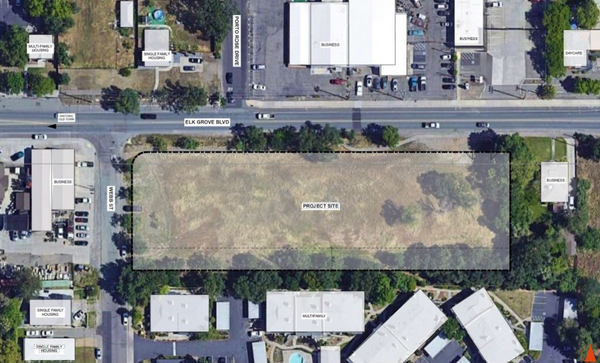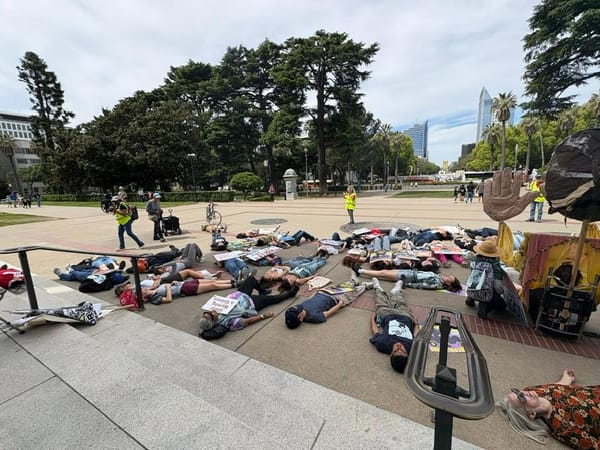Measure E for Elk Grove – Did You Also Know? Segments 1 & 2
By Lynn Wheat | Guest Contributor |
Ed. note. This three-part series questions the need for Elk Grove’s Measure E, which, if approved by Elk Grove voters, will increase sales taxes by one percent in the city.
This November, Elk Grove will be asked to increase their taxes. The tax increase will be Measure E on Elk Grove ballots.
In their pursuit of this regressive tax increase, Mayor Bobbie Singh-Allen and three of her city council members, in a joint effort with Cosumnes Community Service District, decided to spend our tax dollars on a consultant to “study” and determine if placing a sales tax increase on the ballot would pass. Our city used taxpayer monies to send out a mailer subtly supportive of the sales tax increase.
This mailer suggests the results of a resident survey indicate not all of our quality-of-life needs are being met by current taxes collected. The city and CCSD want more of our money.
Measure E, known as Elk Grove Safety/Quality of Life measure, reads as:
To support essential services such as crime reduction, rapid 9-1-1, fire, police, medical emergency/disaster response: keeping public areas safe/clean: addressing homelessness: pothole repair/street/park maintenance; youth crime/gang prevention programs; and other general community purposes; shall the measure establishing a 1cent sales tax providing approximately $21,300,000 annually until ended by voters; requiring audits, citizen oversight, public spending disclosures, and all funds locally controlled be adopted?
Read the measure carefully: It is a list of essential services concluding with and “other general purposes.” What does “general purposes” mean?
Did you know since 2009 and every two years since, the City of Elk Grove has conducted a “National Citizen Survey?” Have the results from this taxpayer-funded survey been ignored in setting funding priorities and policies in the city?
The next segments will present another viewpoint. Look for “And did you also know?” The other side of the taxpayer coin.
Segment 1
Did you also know about the special taxes paid included on the property tax bills? Many know the special taxes as Mello Roos.
Mello Roos can also be identified as Community Facility Districts or CFD’s. Some have expiration dates between 30-40 years, and some never expire.
For example; CFD 2003-1 and CFD 2004-2 are for police services and will not expire and can be increased by a vote of the Mayor and City Council. So even if sales are increased by one percent to pay for public safety, residents in the Mello Roos districts (CFD’s) could still pay more for services even though the city promises the sale tax will cover.
Currently, the property owners are not being assessed to the fullest extent possible. Therefore, property owners in these Mello Roos districts (CFD’s) could be taxed right out of their property.
Did you also know that 68 percent of the city’s 2021-2022 General fund budget goes to fund police services?
Did you also know the Final Environment Impact Report Errata, a supportive document to our mayor and city council policies states:
The CCSD Fire Department receives it funding through property taxes, development impact fees for service, grant funding and can therefore fund expanded services as new development occurs. Pursuant to Municipal code chapter 16.85 Elk Grove Fire Fee; all new development projects would be required to pay fire protection development fees to fund additional facilities and equipment. These funds would help to pay for costs associated with the development of new fire stations, if needed, including any required environmental analysis.
The reason CCSD needs more money is because developers have received a sweetheart deal on development fees. As the result of the sweetheart deal, the CCSD and the City of Elk Grove want to burden Elk Grove residents with the cost of development.
Is there really a need for more of our monies to provide services or will this money be used for wish lists of our politicians for political gain?
Segment 2
Did you also know? The city’s general plan or the master plan of the city adopted by our mayor and city council in February 2019 set policies regarding emergency response times.
In Section 8 of the Services/Health and Safety “The established response time goal for the dept is the first unit should arrive on the scene within 7 minutes of the receipt of the 911 call in the dispatch center 90 percent of the time”.
The policy did not reference the national standard of 5 minutes and does not even suggest ever even coming close to the five minutes. The city’s previously adopted master plan acknowledged a six-minute response time.
Consider this: our mayor and city council did not even adopt the national standard in our city master plan.
Did you also know? The city master plan was adopted to acknowledge the traffic congestion increase by declaring the environmental, economic, social, and other benefits of the master plan override any remaining adverse impact on intersections and roadway operations.
Consider this: how will an increased sales tax improve the expected and planned seven-minute response time? How will this sales tax improve expected and planned for traffic congestion?
Continued tomorrow with Segments 3 and 4 – homelessness, traffic congestion and road maintenance



